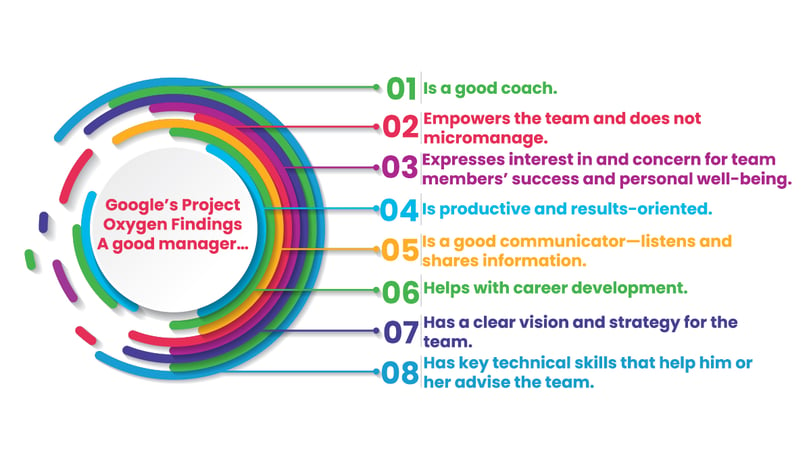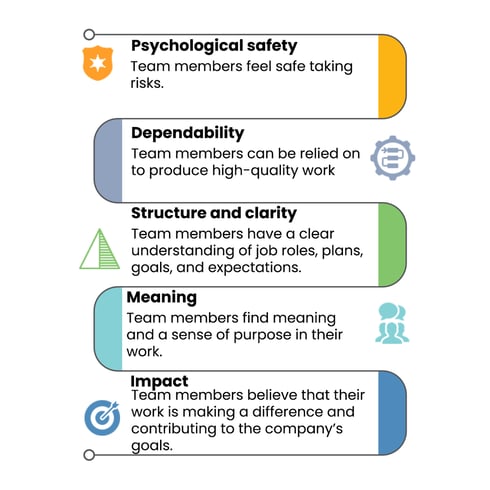
When Google changed the name of Human Resources to People Operations, it meant business.
It signaled the reinvention of their HR function. They changed how they perceive their employees—as not simply assets with a pulse that need regular bathroom breaks, but actual people with lives outside of the office.
Not just human resources but human beings.
It was a significant shift from the traditional HR focus on compliance, processes, and productivity to ensuring that employees are happy, satisfied, and having their best employee experience. This was also a mindset change based on the premise that continuous innovation is only possible with great people management because the people are the innovators. Google believes that you can’t produce superior business results unless you manage your people well. Your people management decisions are the most crucial decisions you can make because your employees are the ones who make all your business decisions.
Since then, in the early 2000s, Google has continued its commitment to people-focused HR by using its data analytics expertise to devise a data-driven, people-first approach that focuses on employees’ personal needs and not just their employee needs. It’s no surprise that it was named ‘Best Company to Work For’ multiple times by Fortune Magazine.
Here’s why Google’s success leads it to continue investing heavily in people analytics each year, and you should too.
1. They want great managers.
In 2008 Google’s mission was to find out what makes a great manager.
Project Oxygen was launched, and by analyzing manager performance ratings, employee feedback surveys, and productivity metrics, they determined the impact of different leadership styles. The result was the discovery of eight behaviors that predicted a manager’s success. They then aligned their leadership training programs to develop these behaviors. 
They found that manager behavior correlated to employee outcomes such as performance and satisfaction drive business results.
Consider how your managers’ leadership styles affect employee performance.
2. They want happy employees.
Happy employees are productive employees, and happy employees stay.
Because Google strives to use data analytics innovations in all aspects of its business, including HR, it established the People Innovation Laboratory (PiLab). Its purpose is applied research and development within People Operations. Psychologists, Scientists, and organizational sociologists work on innovative research that transforms how they manage their people.
They’ve used people analytics to determine what employees need to be happy, healthy, and satisfied at their workplace. We’ve heard about great Googler perks like free food, fun activities, and inspirational lectures from well-respected public figures. These all came about based on the data.
Consider the ways you can improve employee satisfaction in your organization. It will make a difference in productivity and retention.
3. They want effective hiring practices.
There’s an algorithm for that!
Google developed an algorithm that predicts a candidate’s probability of success after they’re hired. By comparing data from candidate surveys, they can confidently select the best prospects based on behavior, attitudes, personality, and biographical information.
Their research also allowed them to shorten the time-to-hire. It determined that the optimal number of interviews should be no more than four since little value was added.
Consider how effective and efficient your hiring process would be if you honed in on the best candidates using scientific, qualitative methods.
4. They want effective teams.
“The whole is greater than the sum of its parts.” This quote from the philosopher Aristotle was the inspiration for Project Aristotle.
The goal was to answer the question,” What makes a team effective at Google?” Why do teams perform well? That research resulted in the conclusion that five factors matter to employees. In order of importance, they were:

Consider what makes teams effective in your own organization? Are your teams effective? Why or why not?
5. They want to maximize innovation.
The name Google is synonymous with innovation.
It’s what makes them such a success. Their research found that the recipe for increased innovation is the right combination of learning, collaboration, and fun. Yes, fun. That’s why they design their workplaces to maximize those three factors.
It is a recipe for innovation, but the data shows that it also contributes to attraction and retention. It’s no surprise that Google gets more than two million job applications per year.
Consider your workplace design. Does it create an environment that is conducive to high levels of performance?
6. They want to keep their top talent.
There’s an algorithm for that too!
Google People Operations’ mission is to “find them, grow them, keep them.”
When a company invests heavily in hiring the best of the best in top talent, they would be remiss not to invest just as much to keep them.
Google developed the retention algorithm to predict which employees are most likely to leave proactively. People analytics allows their management to act on this data to prevent turnover by creating personalized and meaningful solutions for the employee.
Consider what it will take to keep your top talent when a simple pay raise is no longer an effective incentive.
7. They’re playing the long game.
At Google, people management is future-focused.
They realized that the most valuable and impactful people analytics results take time, like lower attrition and increased revenue. These are no quick wins. To achieve long-term results, you must invest the time and resources required for in-depth analysis. A large part of that process is having data you can trust and tried and true methods.
Consider the fact that people analytics is a journey, not a destination.
It’s clear that Google’s investment in people analytics isn’t all about the bells and whistles that lure top talent and make for a fun place to work. It’s strategic. Regardless of the size of your business or budget a solid, well-thought-out people analytics strategy can help you accomplish your workforce goals and drive business outcomes.
Get Started in People Analytics
with the data and resources you have.
Download the eBook
Your Roadmap to Success in People Analytics
About Pixentia
Pixentia is a full-service technology company dedicated to helping clients solve business problems, improve the capability of their people, and achieve better results.


